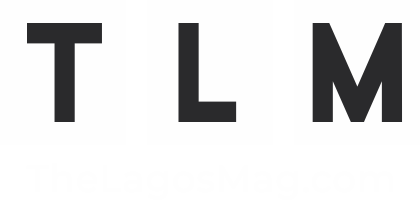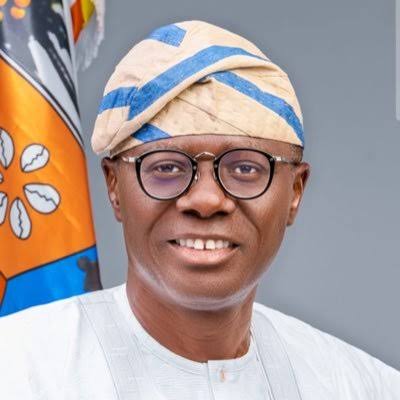According to the Global Traffic Congestion Rankings, Lagos State, home to more than 21 million people, has the worst traffic congestion in 2023.
The Traffic Index analyzes traffic congestion in cities with at least 500,000 residents worldwide for the Global Traffic Congestion Rankings.
The commercial center of Lagos loses N4 trillion a year due to traffic congestion, according to a report by the Danne Institute for Research titled “Behavioural Causes of Traffic Congestion in Lagos.”
Lagos residents commute for 2.21 hours a day on average, with 45% spending more than two hours on the road.
The state government of Lagos has implemented many measures to address the persistent traffic congestion in the metropolis. The Lagos State Traffic Management Authority was established as one of these initiatives.
On July 15, 2000, while serving as the governor of Lagos State, President Bola Tinubu founded LASTMA. Reduced traffic accidents, unhindered travel, and a revamped state transportation infrastructure were the objectives.
In spite of this, the city’s traffic congestion persisted, costing a considerable amount of man-hours.
“I moved to Port Harcourt from Lagos last year because I was unable to handle the stress of shifting from Ikotun to Ikoyi. Up until I received an offer to work in Port Harcourt, I was unable to find employment in the area where I lived. In a phone conversation with The Punch, Mary Okojie stated, “I accepted the offer right away.
Following its inauguration by former President Muhammadu Buhari on January 24, 2023, the first phase of the Lagos Mass Transit Blue Line Rail Project was officially opened to the public on September 4, 2023, marking a significant milestone for Lagos, Africa’s commercial hub, which had been envisioning a revamped transportation system for the past 20 years.
President Bola Tinubu presided over the inauguration of Red Line Rail, an additional metro line installed by the state government on February 29, 2024.
It uses a diesel-powered technology known as Diesel Multiple Units and shares a right-of-way with the Lagos-Kano Standard Gauge Railway.
Agbado in Ogun State and the Oyingbo axis in Lagos State are the two locations along the 37-kilometer Red Line’s initial phase. Agbado, Iju, Agege, Ikeja, Oshodi, Mushin, Yaba, and Oyingbo are the eight stations along the rail line.
The Greater Lagos Urban Transportation Project has an estimated $135 million for this project. The Lagos Metropolitan Area Transport Authority will oversee the project.
In 2021, Governor Babajide Sanwo-Olu admitted that the project’s funding was obtained by the state government via the Central Bank of Nigeria’s program for differential cash reserve requirements.
With three easy routes for Lagos State people to commute around the state—state ferries for waterways, the Rail Mass Transit Programme for rail, and the BRT for road transit—the Lagos State administration has made great progress in establishing an integrated transportation network.
As of November 29, around 400,000 passengers had used the Blue Rail Line since its commercial introduction in September, according to Abimbola Akinajo, Director of the Lagos Metropolitan Area Transport Authority.
Since its launch, the system has moved almost a million passengers.
The Blue Line’s second phase, which will run from Mile 2 to Okoko, is now under construction and should be finished in 2027.
Sanwo-Olu revealed that the Blue and Red Lines would cost more than N100 billion in total. The main cause of the delays on the Blue Line, which was first expected to be finished by 2011, has been financial difficulties.
The governor of Lagos State recently traveled to China to complete the acquisition of six more sets of rolling stock for the Blue and Red Lines. The number of passenger journeys per day will increase as a result of these being converted for intrastate travel.


